Articles Common Lower Back Injuries
We have compiled a list of common lower back injuries. It is important to accurately diagnose and identify the cause of these injuries as this will direct treatment to ensure the best outcomes.
Common Lower Back Injuries- Muscles/Ligaments/Tendons
Lower back pain arising from injuries to the muscles, ligaments and tendons are collectively known as Non-Specific Lower Back Pain (NSLBP). These account for the majority of lower back injuries presenting to a physiotherapy clinic. Most people will make a full recovery however, recurrent episodes and the development of ongoing symptoms can occasionally occur. In these situations, it is important to identify and address risk factors which can potentially prolong recovery times. This can include:
- sedentary lifestyle
- lack of physical exercise
- smoking and excessive alcohol intake
- poor diet
- high BMI
- stress, anxiety and depression
- poor sleep
- physically demanding occupations
- lack of confidence and apprehension with movement
- unhelpful beliefs and a lack of understanding of the injury
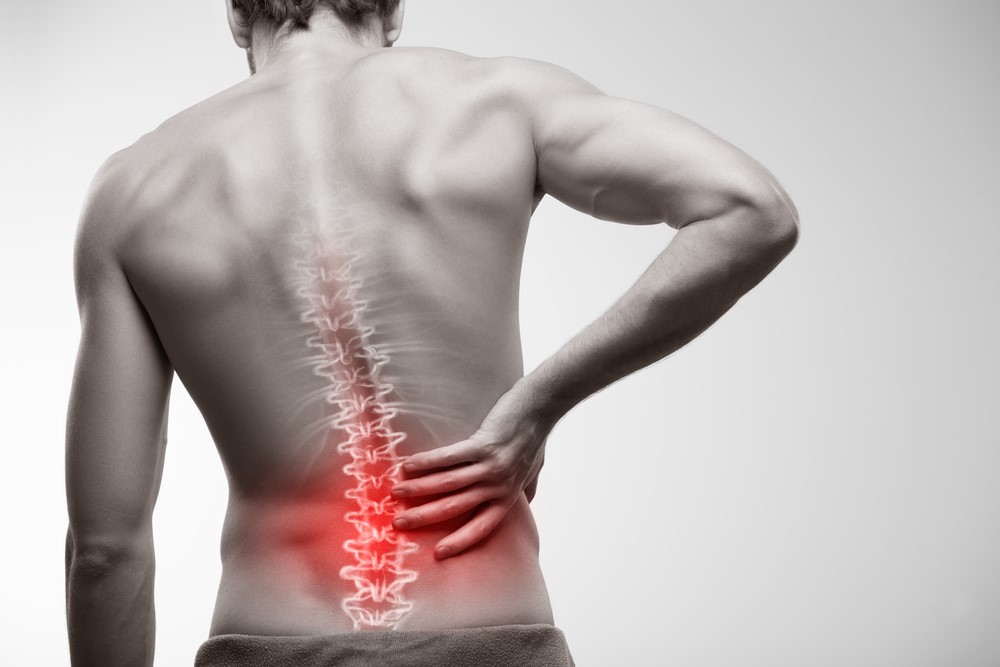
Common Lower Back Injuries- Osteoarthritis (OA)
OA of the lower back typically refers to wearing away of the cartilage between the joints in the lower back (facet joints). This condition is most commonly observed in older individuals and will typically complain of stiffness and movement restriction.
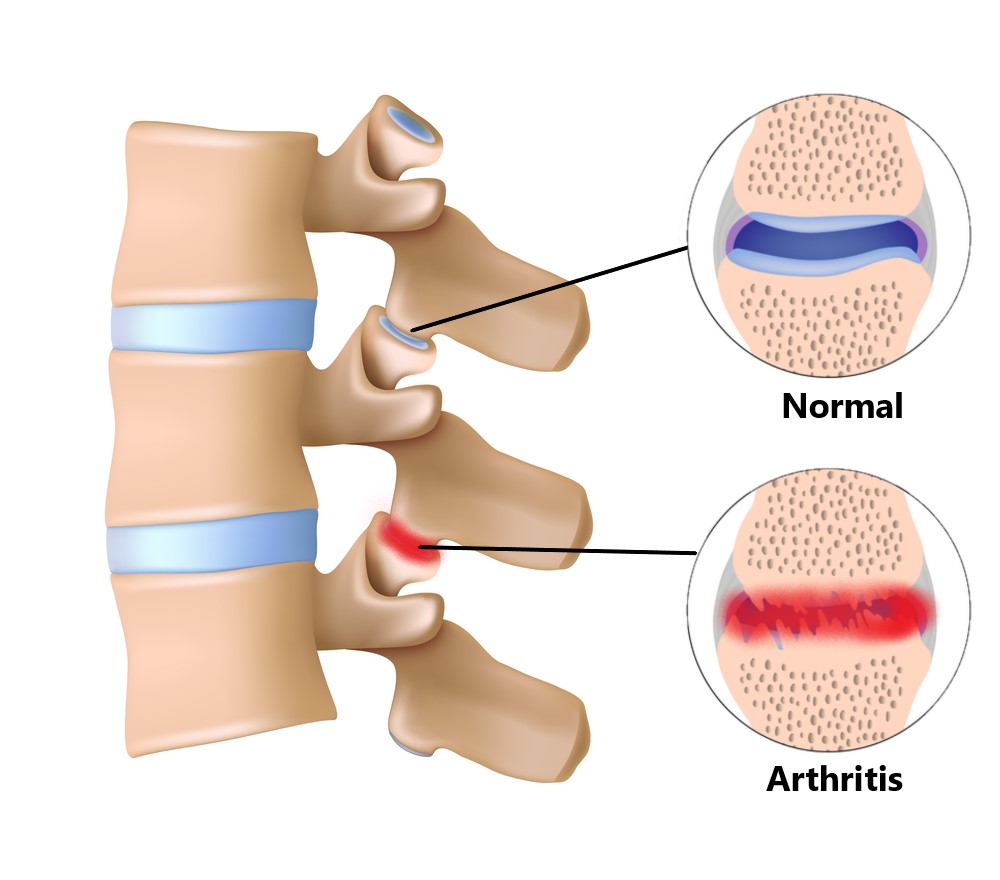
Common Lower Back Injuries- Instability/Spondylolisthesis
Significant wear and damage to the joints in the lower back can lead to instability between the vertebrae. This can result in a vertebra slipping forwards or backwards relative to the other segments. This is known as a spondylolisthesis. This condition is mostly seen in older individuals due to degeneration but is occasionally seen in younger populations from trauma (i.e. car accident) or congenital deformities of the facet joints from birth. Most of these injuries are low grade slips and do not require surgery. High grade slips can compromise the nerves and/or spinal cord. Urgent medical attention should be sought in the event of spinal cord signs (see below) as emergency surgery may be required.
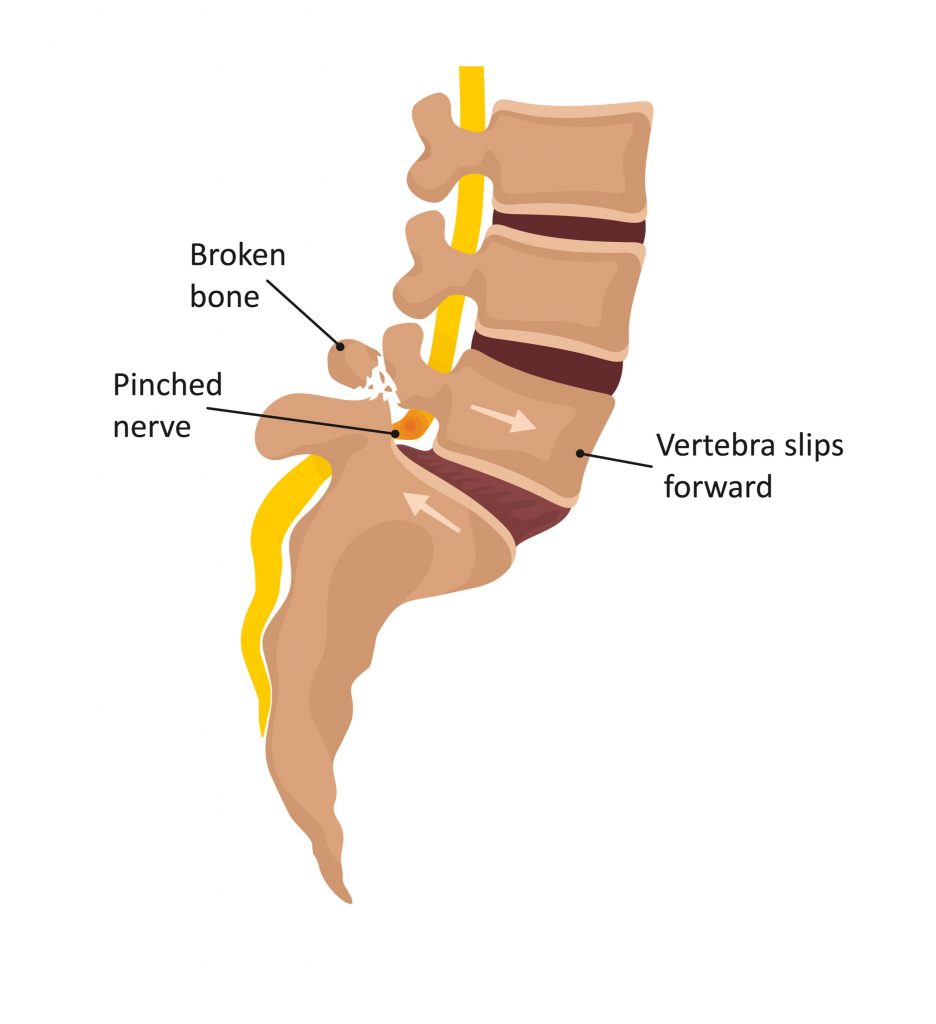
Common Lower Back Injuries- Osteoporosis (OP)
OP is a process where a bone becomes less dense and more prone to fractures. OP in the lower back can cause weakening of the vertebrae (the building blocks of the spine), severe cases can give rise to compression fractures (much like a brick crumbling under load). This is more commonly seen in older female populations. Modifiable lifestyle factors can slow down the progression of OP and reduce the risk of developing fractures (please see “Bones” article)
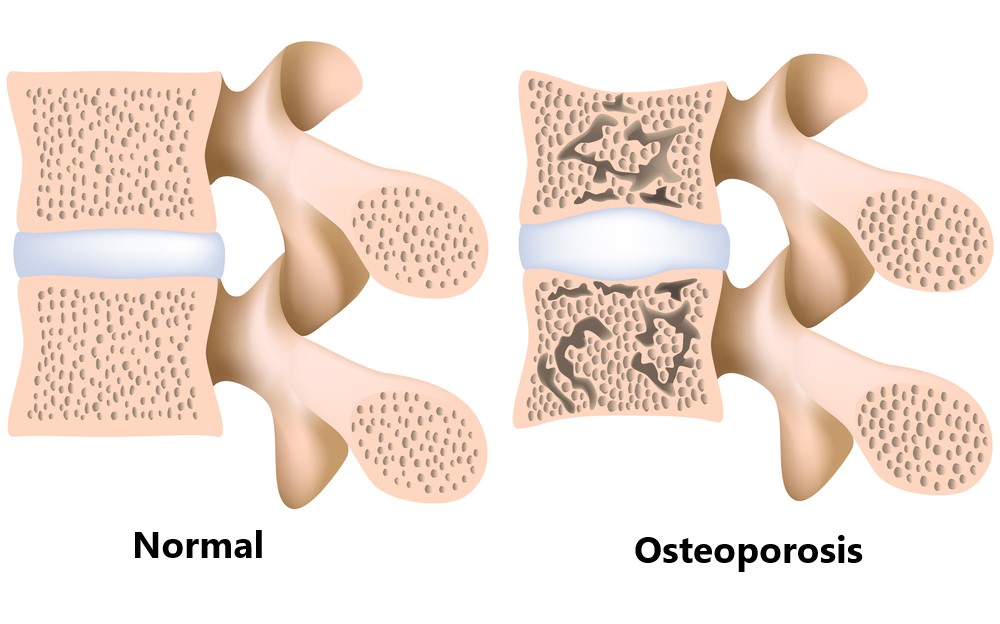
Common Lower Back Injuries- Intervertebral Disc (IVD) Injuries
Annular tears, disc bulges, disc herniation and disc desiccation are common terms found in scan reports used to describe injuries to the IVD. These findings are a normal part of the ageing process and often observed in people with no symptoms. Only a very small proportion of people with an IVD injury will actually require surgery (i.e. in situations of significant neural compromise). Due to the close proximity of the IVD to the nerves and spinal cord, injuries to the IVD can often result in nerve and spinal cord signs and symptoms (see below).
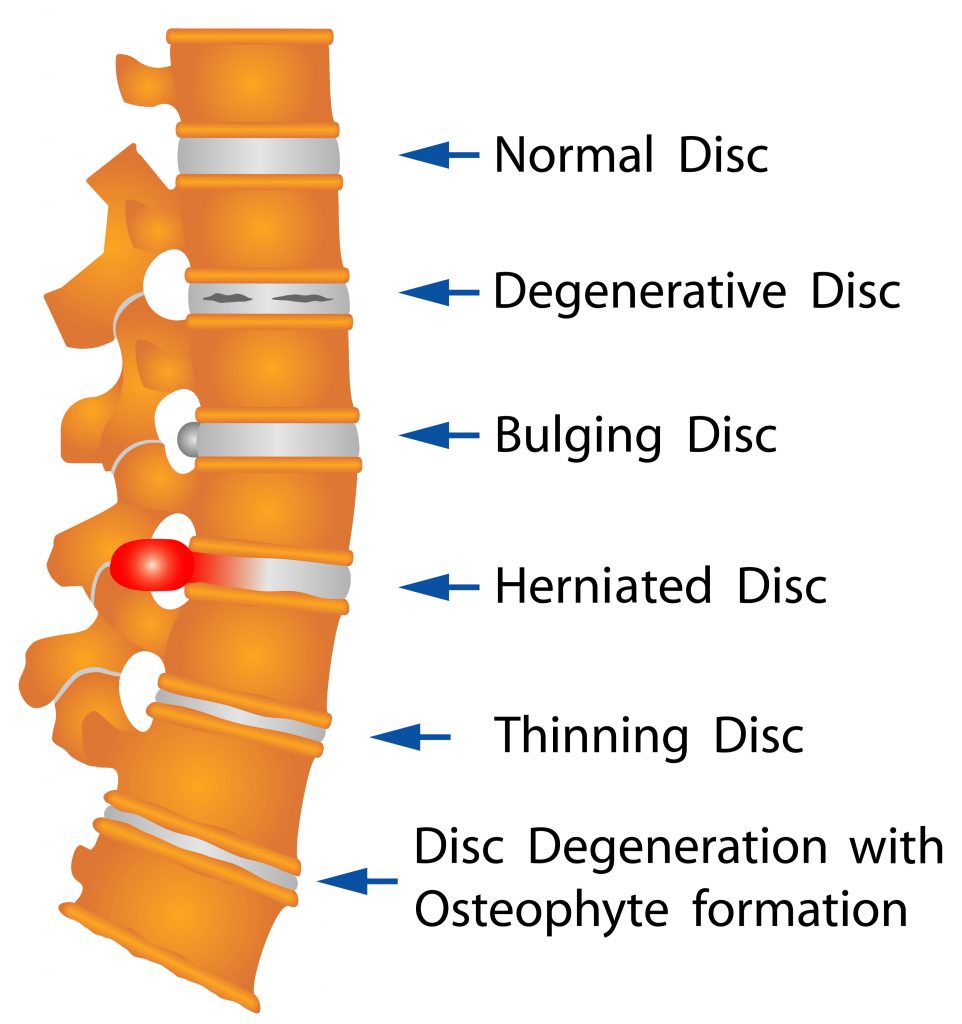
Common Lower Back Injuries- Nerve Injury
Nerve injuries of the lower back can often give rise to specific symptoms in the lower limbs (i.e. burning, pins and needles, numbness, sensation changes). In more severe cases muscle wasting, muscle weakness and abnormal reflexes can also be observed. Nerve symptoms can arise from inflammation or compression of a nerve. Nerve compressions are often caused by advanced facet joint OA, OP and IVD injuries.
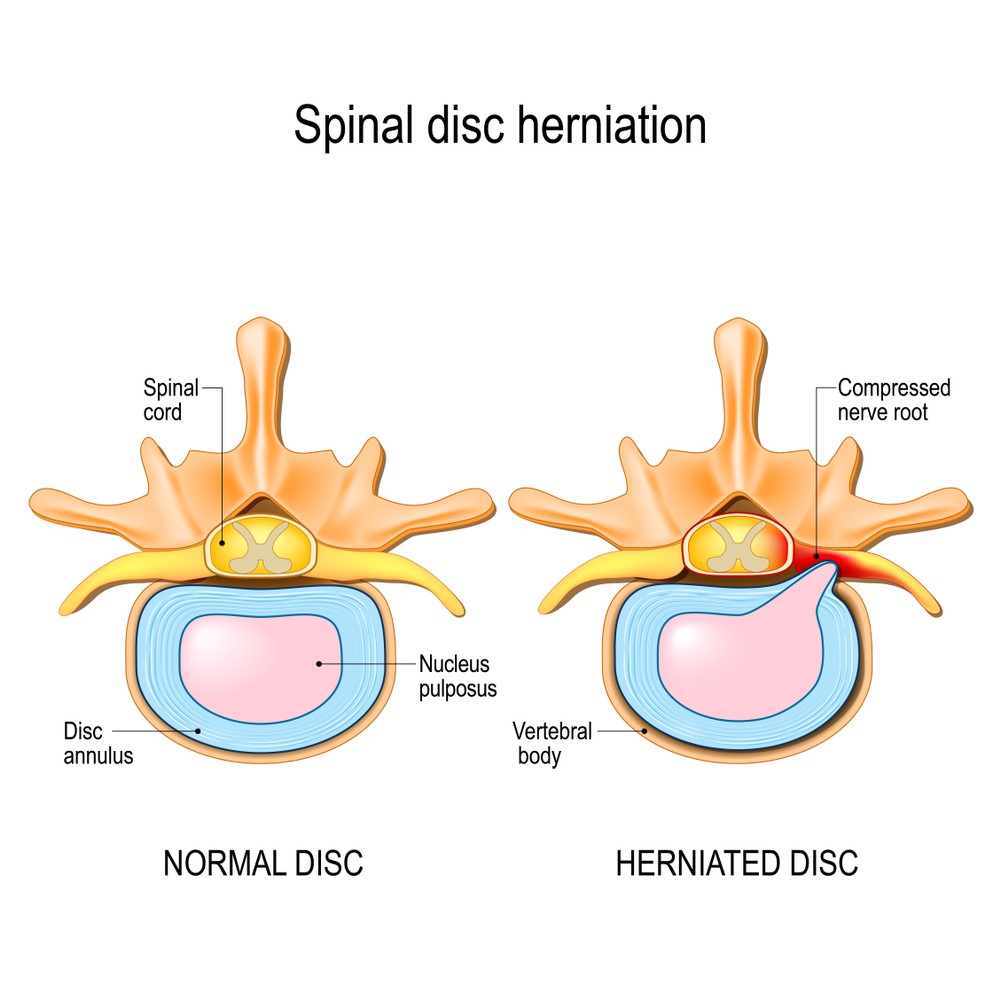
Common Lower Back Injuries- Spinal Cord Injuries
Injuries to the spinal cord can give rise to signs and symptoms similar to that of nerve injuries. However, additional symptoms may also be present including loss of bladder and bowel control, increasing clumsiness and weakness in the legs, sudden sexual dysfunction and symptoms into both legs. Injuries to the spinal cord are often caused by trauma (i.e. car accidents), advanced facet joint damage, IVD injuries and spondylolistheses. Urgent medical attention should be sought in the event of spinal cord signs as emergency surgery may be required.
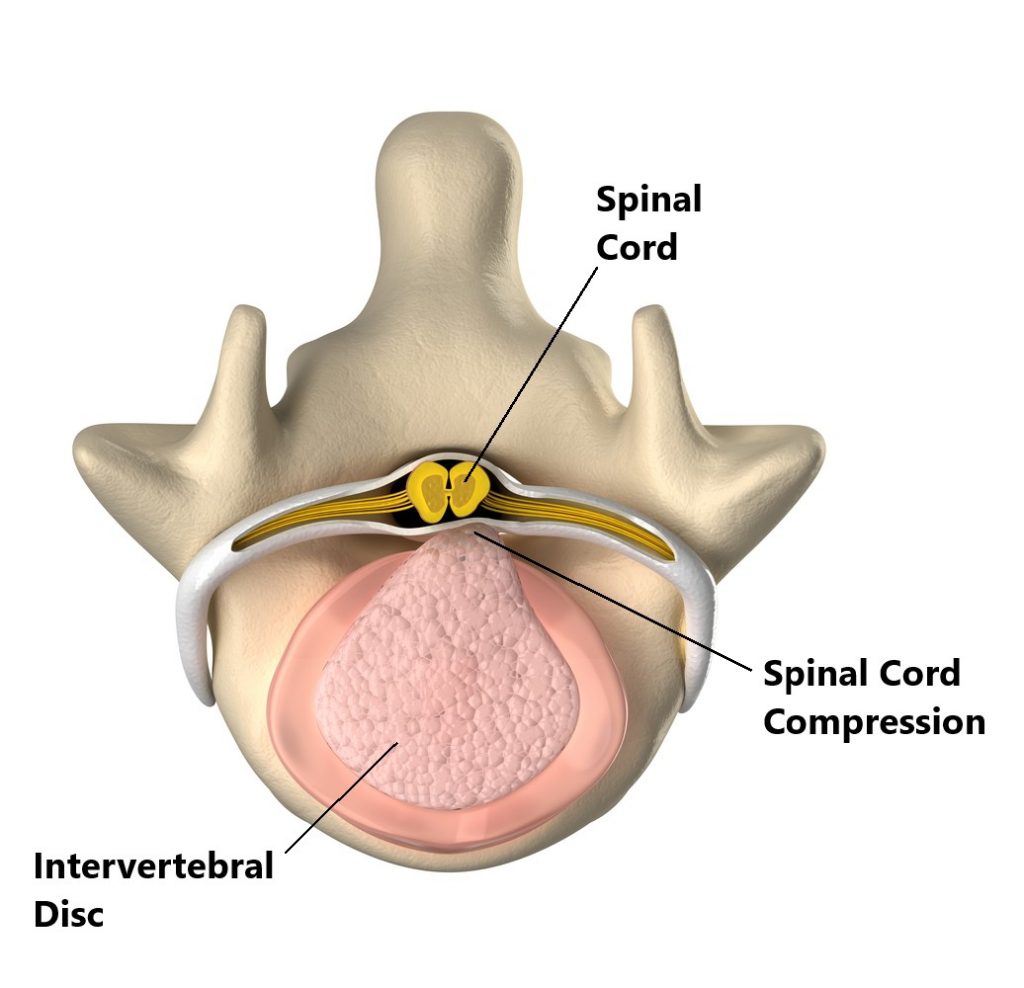
Common Lower Back Injuries- Stenosis
Stenosis means narrowing. In the lower back we can have narrowing of the hole where the spinal cord sits (central canal stenosis) or where the nerves exit the spinal column (foraminal stenosis). Compromise of the nerves and spinal cord have been explained above.
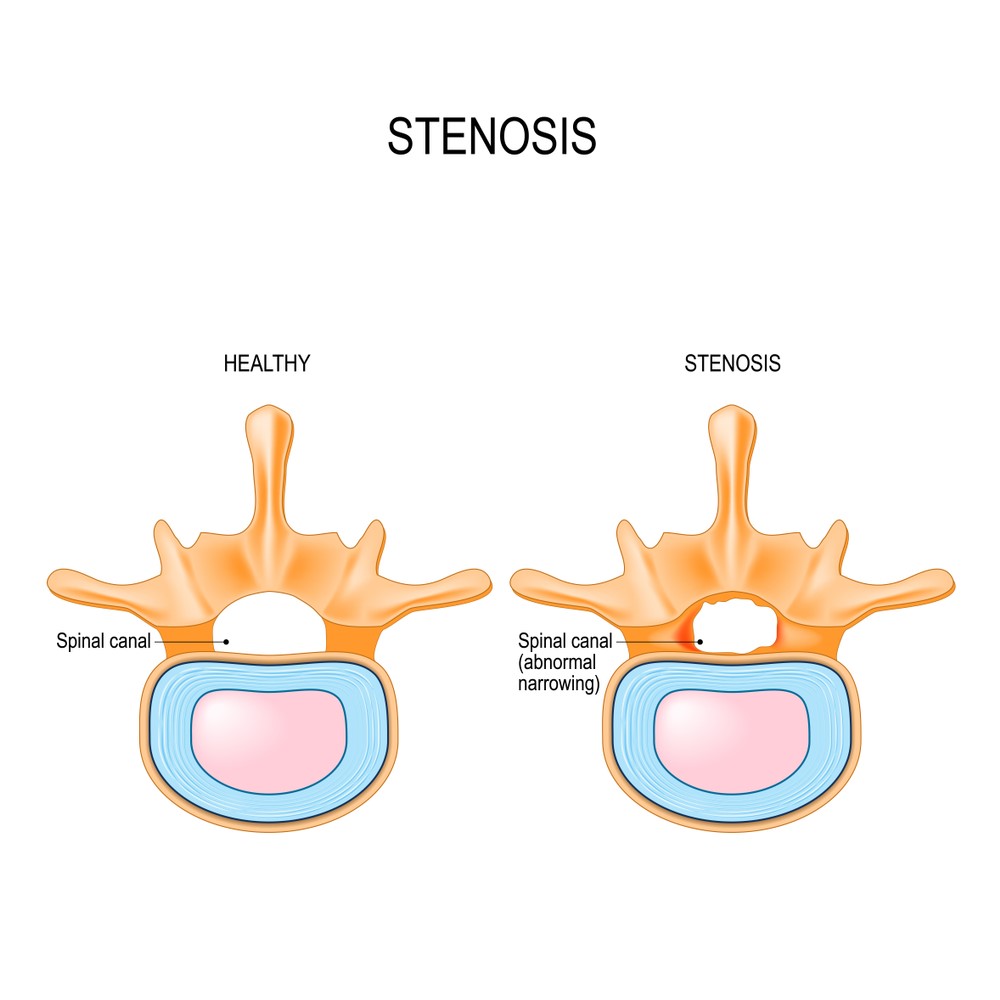
Please keep in mind the information provided is general in nature and should not be used as a substitute to consult your treating health professional. If you have any specific questions or require assistance with your individual treatment requirements please do not hesitate to contact My Family Physio Pittwater Place Shopping Centre in Mona Vale.
Related Articles